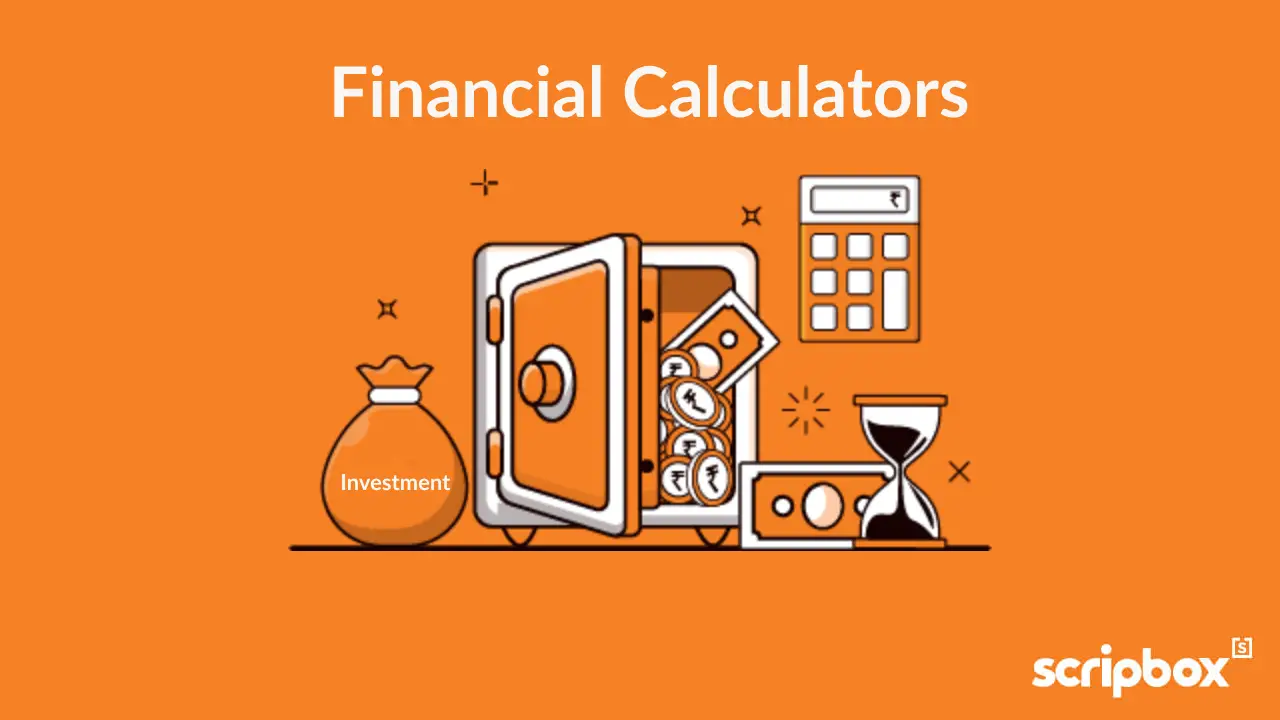Home Loan Calculator – EMI, Interest and Principal Amount
Loan EMI Calculators

Personal Loan Calculator
Use Personal Loan Calculator to Estimate your Personal Loan EMI and Principal Amount.

Car Loan Calculator
Use Car Loan Calculator to Estimate your Personal Loan EMI and Principal Amount.

Education Loan Calculator
Use Education Loan Calculator to Estimate your Personal Loan EMI and Principal Amount.
Top 10 Banks with Lowest Home loan Interest Rates in June 2025
| Bank Name | Lowest Interest Rate | EMI per Lakh |
| BARODA | 8.85% p.a. | Rs. 1005/- |
| LIC | 8.4% p.a. | Rs. 979/- |
| AXIS | 8.5% p.a. | Rs. 985/- |
| HDFC | 8.4% p.a. | Rs. 979/- |
| PNB | 9% p.a. | Rs. 1014/- |
| CANARA | 9% p.a. | Rs. 1014/- |
| IDBI | 8.5% p.a. | Rs. 985/- |
| SBI | 9.15% p.a. | Rs. 1023/- |
| ICICI | 9.15% p.a. | Rs. 1023/- |
| UNION | 8.75% p.a. | Rs. 999/- |
NOTE: The home loan emi per lakh is calculated for 15 years tenure and respective bank home loan interests updated on 20 June 2025
How Can Scripbox Home Loan EMI Calculator Help You?
Scripbox’s home loan calculator simplifies the process of calculating your Home Loan EMI. EMI stands for Equated Monthly Installment, which includes the repayment of the principal amount and the interest payment on the outstanding loan balance. By opting for a longer loan tenure, up to a maximum of 30 years, you can reduce your EMI.
Scripbox’s EMI calculator for a home loan is a valuable tool that helps you make informed decisions when buying a new house. It enables you to plan your cashflows effectively for servicing your home loan. The Home Loan EMI Calculator assists you in determining the monthly loan instalment, i.e., the EMI for your home loan. This user-friendly calculator serves as a financial planning tool for prospective homebuyers.
How to Use Scripbox Home Loan EMI Calculator?
Scripbox’s Home Loan EMI calculator is a free-to-use online tool that helps you estimate the EMI payouts. All you have to do is input the following information:
Input
- Loan Amount: The total amount that you wish to borrow.
- Annual Interest Rate: The rate at which the lender is lending money.
- Loan Tenure: The tenure in which you will repay the loan.
Output
Based on the above information, the calculator automatically calculates the following:
- Loan EMI: The monthly instalment that you must pay towards the loan.
- Total Interest Payable: The total interest payable for the loan.
- Total Amount: Total amount borrowed plus the total interest paid.
Home Loan EMI Calculation Formula
The formula for Home Loan EMI Calculation is
Home Loan EMI = P*R*(1+R)^N / [(1+R)^N-1]
where,
P – Principal loan amount
N – Loan tenure in months
R – Monthly interest rate
How to Calculate the Home Loan EMI Using Formula?
Let’s assume Ms Harika takes a home loan of INR 50 lakhs for 20 years at 9.5% p.a. Using the formula, let’s calculate the loan EMI amount.
Monthly Interest Rate = 9/(12*100) = 0.0075
Loan tenure in months = 20*12 = 240
Home Loan EMI = 50,00,000 * 0.0075 (1+0.0075)^240 / [(1+0.0075)^240-1]
Home Loan EMI = ₹ 44,986
Total Interest Payable = ₹ 57,97,043
Total Amount = ₹ 1,07,97,329
Advantages of Using a Home Loan EMI Calculator
The following are the advantages of using Scripbox’s Home Loan Calculator:
- Easy to Use: All you need to do is input the loan amount, interest rate, and tenure into the home loan EMI calculator. There’s no need for complex calculations or difficult mathematics. The calculator will handle the actual computation for you. Also, it’s free to use, and there is no limit on the number of times you can use it.
- Compare Different Options: Utilize the housing loan calculator to compare loan offers from different banks. The results will display the total cost of each loan, including their respective EMIs. This allows you to narrow down and select the most viable option.
- Choosing the Right Tenure: By knowing your EMI through the housing loan calculator, you can make an informed decision about the loan tenure. If you can afford a higher EMI, opting for a shorter loan period allows you to repay the loan sooner. Alternatively, if you prefer a more manageable EMI, you can extend the loan tenure.
- Loan Management Assistance: If you have surplus funds for prepayments while paying your EMIs, the home loan EMI calculator can help you reassess the financials. It allows you to explore how prepayments can help you repay the loan before the term ends.
Frequently Asked Questions
A home loan calculator is an online tool that allows you to calculate the Equated Monthly Installment (EMI), monthly interest, and total amount.
While the EMIs (Equated Monthly Installments) remain relatively consistent throughout the loan tenure, the amounts repaid are divided between the principal and interest. Typically, the initial instalments contribute more towards the interest, while later instalments go towards reducing the principal amount.
An amortisation schedule provides a detailed breakdown of the amounts repaid towards the principal and interest, along with their respective balances, for each loan year. In simple terms, it serves as a roadmap for the repayment of your home loan.
A home loan eligibility calculator is a tool used to determine whether a customer meets the criteria set by a financial institution to avail and repay a specific loan amount. Home loan eligibility depends on factors such as age, financial position, credit history, credit score, and other financial obligations. This calculator helps individuals make informed decisions and avoid loan rejections by estimating their eligibility.
– Loan application form
– 3 photographs passport sized
– Identify proof
– Residence proof
– Bank Account Statement/Passbook for the last 6 months.
– Signature verification by bankers of the applicant.
– Liabilities statement and Personal Assets.
– Property detailed documents
For Salaried Individuals
– Salary Certificate (original) from the employer
– Form 16/IT Returns for the past 2 financial years
For Self-employed Professionals
– IT Returns/Assessment Orders copies of the last 3 years
– Challans as proof of Advance Income Tax payment
– Proof of business address for non-salaried individuals
Self Employed Businessmen
– IT returns/Assessment Orders copies of the last 3 years
– Challans as proof of Advance Income Tax payment
Increasing your EMI will automatically reduce the home loan tenure. Prepaying loans during the initial years will reduce the overall interest outflow. Thus, if you are planning to prepay a home loan, consider doing it early on.
Interest payments up to INR 2,00,000 per annum are tax exempted under Section 24.
The choice between floating and fixed interest rates depends on you. If you believe that the current interests are optimum and that they are going to increase in the future, opting for fixed interest is wise.
On the other hand, if you feel that interest rates may decline in the future and you are willing to take the risk, floating interest rate will be a better option.
You can transfer your home loan from one bank to another if the interest rates have reduced or the terms and conditions are better in the other bank. However, to make a transfer you may have to pay foreclosure charges, processing fees, and other costs.
The home loan down payment amount depends on the asset’s price. As per RBI guidelines, lenders or banks must only provide 80% of property value as a loan if the asset is above INR 30 lakh. The buyer should finance the remaining 20% of the asset price as a down payment.




